“For the first time, we have found evidence of exorcism against ghouls.”
The appearance of the “vampire” A 16th-century woman who was buried with a stone brick in her mouth over fears she would feed on corpses underground has been reconstructed by scientists
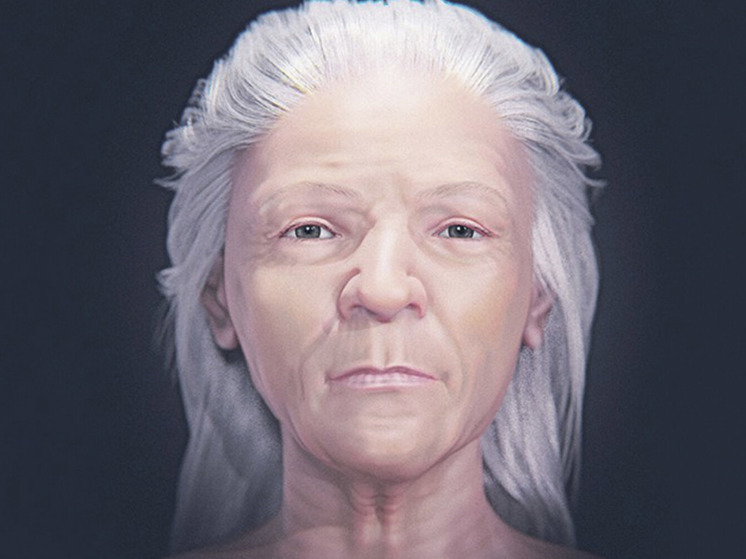 Photo: Cicero Moraes/OrtogOnline
Photo: Cicero Moraes/OrtogOnline
A facial reconstruction expert has reconstructed the features of a female corpse discovered in a mass grave of plague victims on the Venetian island of Lazzaretto Nuovo. Brazilian forensic scientist and 3D illustrator Cicero Moraes has depicted a woman who was discovered during an archaeological dig in 2006, reports Arkeonews.
Incredible new images taken using a 3D scan of her ancient skull show a woman with a pointed chin, silver hair, wrinkled skin and a slightly crooked nose.
Moraes was also able to test a theory about whether it was even possible to put a brick in someone's mouth thanks to this research.
Researchers believe the brick was placed there shortly after the woman's death by local residents who feared she would feed on other victims of the plague that killed her.
Forensic anthropologist Matteo Borrini led the study of a mass grave left behind by a plague outbreak in 1576. “Vampires do not exist, but research shows that people at the time believed they did,” Morrini said in a statement in 2009, after studying the case for two years. – For the first time, we have found evidence of exorcism against a vampire.
Skeletal evidence already indicates that she was 61 years old at the time of her death, and further research has shown that the skull belonged to a woman of European descent. Analysis of her diet shows that she ate mainly grains and vegetables, suggesting that she belonged to the lower class of Europe at the time.
Researchers speculate that the gravedigger may have pressed the stone between the teeth of the corpse, to stop the supposed vampire from chewing through her shroud and infecting others with the plague.
This period of European history saw a rise in hysteria towards vampires as villagers began to look for paranormal causes that could be blamed for the deadly diseases that were ravaging the continent. The vampire theory is believed to have been propagated by Italian gravediggers, who often encountered horrific decomposing bodies when re-opening mass graves to accommodate additional corpses.
The idea that these decomposing remains were feeding on the blood of their fellow mortuaries was reinforced by the fact that they often appeared horribly bloated, with bodily fluids oozing from their mouths and noses. It is possible that the shrouds covering the corpses' mouths disintegrated in some cases, giving rise to the theory that vampires gained their strength by consuming these tissue fragments.
“Researchers found that when they observed the body with the shroud, those responsible for the burial noticed a depression in the mouth area, indicating potential chewing,” write the study authors in the journal OrtogOnline.
“Supposedly identifying a vampire, one of the culprits of the plague, according to a popular myth of the time , they presented the stone as a protective element, preventing it from feeding as well as infecting other people.
To find out whether the brick could have been deliberately placed in the woman's mouth after her death, Moraes reproduced the brick using polystyrene foam and conducted a series of tests. Their tests showed that the brick could be inserted into a person's mouth without harming teeth or soft tissue. Compared to living subjects, the study authors believe it would have been even easier with a corpse, although it is still unclear whether this was intentional or not.
The study was published in the journal OrtogOnline.








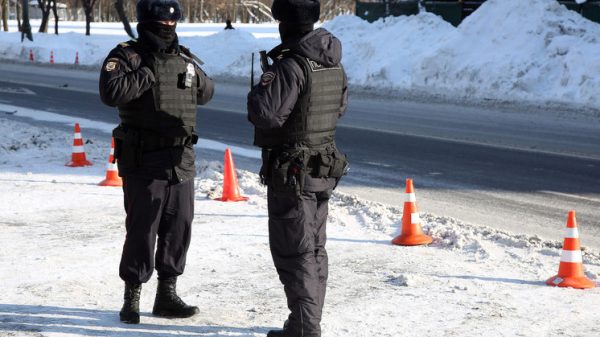

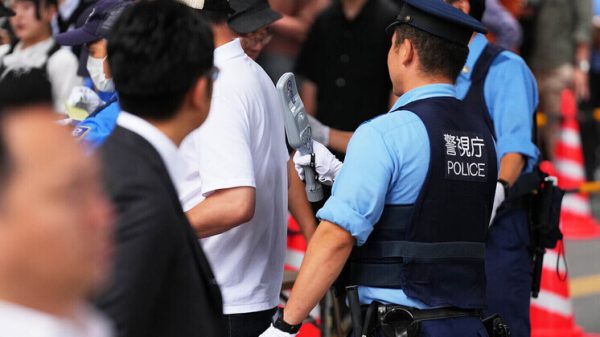



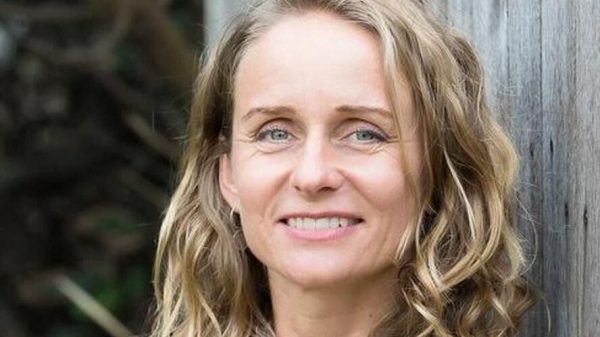




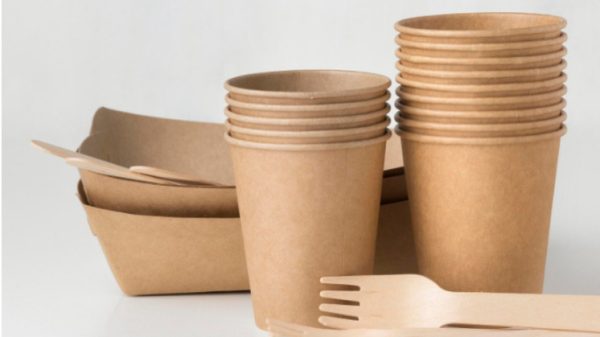



























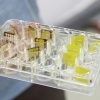


Свежие комментарии